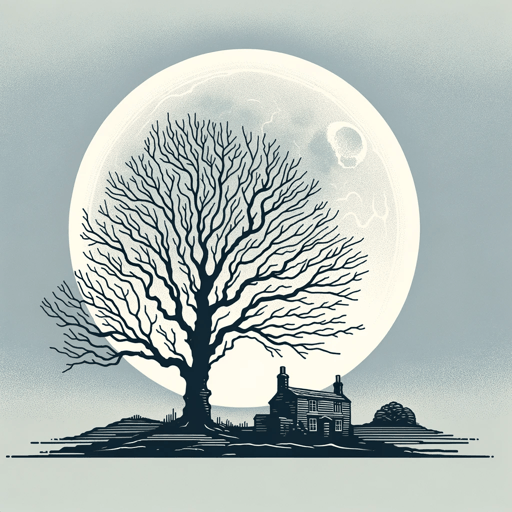22 pages • 44 minutes read
Alfred NoyesThe Highwayman
Fiction | Poem | Middle Grade | Published in 1906A modern alternative to SparkNotes and CliffsNotes, SuperSummary offers high-quality Study Guides with detailed chapter summaries and analysis of major themes, characters, and more.
Background
Literary Context: Romanticism
English romanticism as a literary movement well preceded Noyes’s era, which peaked in the early half of the 19th century. However, Noyes was a great admirer of 19th-century poets such as Alfred Tennyson and William Wordsworth, and he was highly influenced by the romantic movement. “The Highwayman” was written early in his career, which was marked by Noyes’s interest in capturing the wonder of childhood and dreamlike imagery. His early poetry, like “The Highwayman,” is noted by strong romantic elements such as a reverence for the natural world (as seen in the lush descriptions of the moonlight night), the idealization of physical and emotional passion (as demonstrated in the doomed but idealized relationship between lovers), and an interest in the mystical and supernatural (as seen in the haunting images of Bess and the Highwayman after their deaths). Furthermore, romanticism often idealizes a woman; while the poem is named for the highwayman, the central figure of the poem is a beautiful and loyal young woman, who is not only the love object, but who makes the ultimate sacrifice to save her beloved’s life.
Written when Noyes was still a young man, the poem reflects what he described as his honest interest in the aforementioned themes; this engagement with the romantic and mystical helped him remain extremely popular among the reading public throughout his career.

